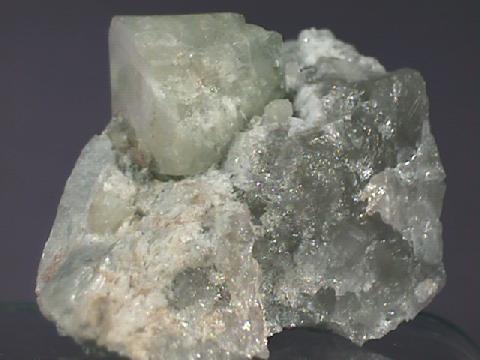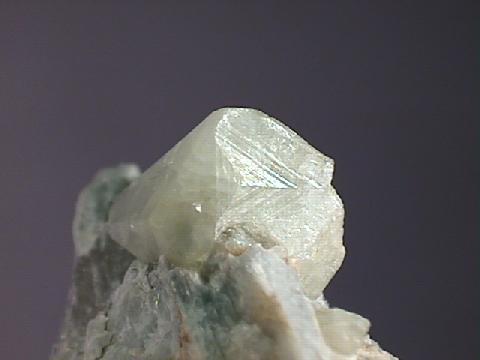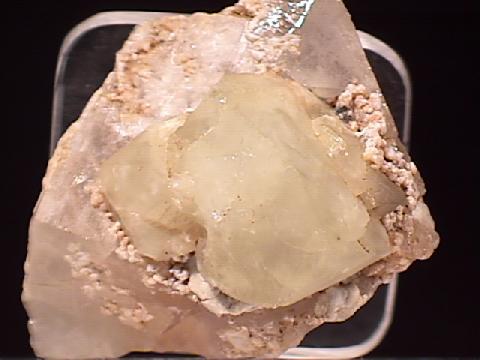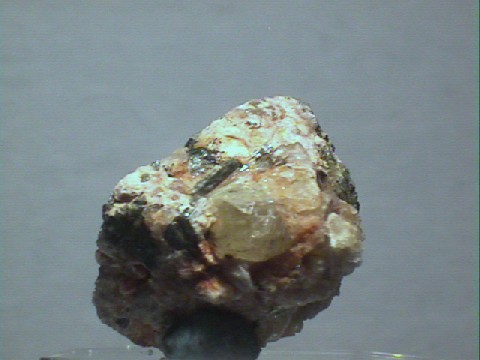 THE
MINERAL RHODIZITE
THE
MINERAL RHODIZITE
- Chemistry: (K, Cs)Be4Al4(B, Be)12O28, Potassium Cesium Beryllium Aluminum Borate.
- Class: Carbonates
- Subclass: Borates
- Uses: As mineral specimens and sometimes cut as a gemstone.
Specimens
Rhodizite is a rare potassium cesium beryllium aluminum borate mineral. Just its chemistry gives away its rarity. Specimens come from only a few areas: a couple of sites in the Ural Mountains, and a few sites in Madagascar. Rhodizite is remarkable for not only its chemistry but its bright adamantine luster and high degree of hardness. Both these properties lend themselves well to the fashioning of a gemstone. Rhodizite is too rare and generally lacks good color to be used often as a gemstone however.
Do not confuse rhodizite for other similar sounding minerals such as
the silicate mineral
rhodonite,
the carbonate mineral
rhodochrosite
or the silicate mineral
PHYSICAL CHARACTERISTICS:
- Color is colorless to white or gray and also with pale tints of yellow.
- Luster is vitreous to adamantine or silky.
- Transparency: Crystals are transparent to translucent.
- Crystal System is isometric.
- Crystal Habits include dodecahedral crystals and embedded grains.
- Cleavage is absent.
- Hardness is 8
- Specific Gravity is approximately 3.3 - 3.4 (slightly above average for translucent minerals)
- Streak is white.
- Other Characteristics: Index of refraction is 1.69 .
- Associated Minerals include the red tourmaline elbaite.
- Notable Occurrences include Antandrokomby, the Sahatany Valley of the Antisarabe area and Manjakandriana, Madagascar and Sarapulsk and Schaitansk, Mursinsk in the Urals Mountains of Russia.
- Best Field Indicators are crystal habit, color, associations, locality, lack of cleavage and the unusually high degree of hardness.









